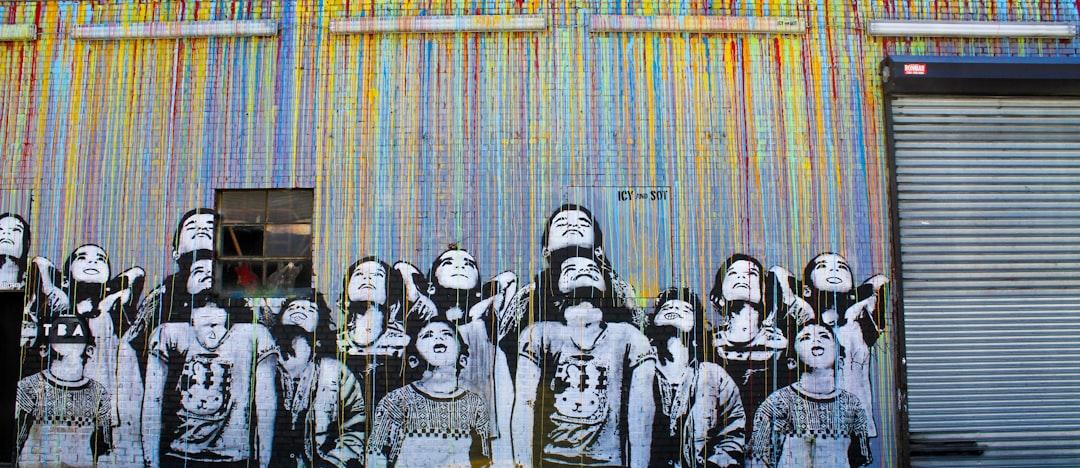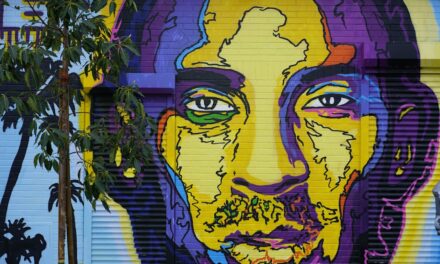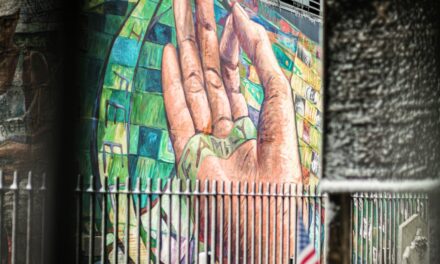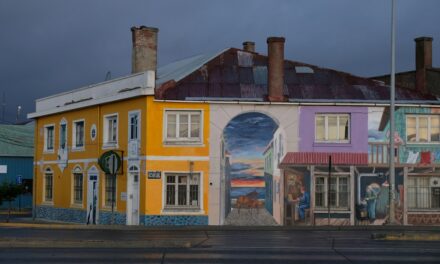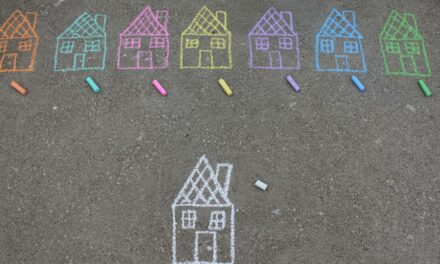Street art has a rich and varied history that stretches back to ancient civilisations, where markings on walls served as a means of communication, storytelling, and expression. However, the modern conception of street art began to take shape in the late 20th century, particularly in urban environments. Artists like Keith Haring and Jean-Michel Basquiat emerged from the New York City scene in the 1980s, using public spaces as their canvas to convey social and political messages.
This movement laid the groundwork for a diverse array of styles and techniques, including graffiti, stencils, and murals, which have since proliferated across the globe. Among these various forms of street art, 3D chalk art has carved out a unique niche. This technique gained prominence in the 1990s, with artists like Julian Beever and John Pugh pioneering the use of chalk to create stunning three-dimensional illusions on pavements and streets.
Their work captivated audiences by transforming mundane surfaces into extraordinary visual experiences. The combination of street art’s rebellious spirit and the ephemeral nature of chalk has made 3D chalk art a compelling medium for artists seeking to engage with the public in innovative ways.
Summary
- 3D Chalk art has a rich history dating back to the 16th century, with examples of street art and 3D chalk found in Italy and France.
- Trompe-l’œil, a technique used in 3D chalk art, creates optical illusions that trick the eye into perceiving a three-dimensional scene on a two-dimensional surface.
- 3D chalk art has a significant impact on public spaces, transforming ordinary areas into interactive and engaging environments for the community.
- The evolution of 3D chalk art in modern culture has seen an increase in its popularity as a form of urban expression and entertainment.
- 3D chalk art plays a vital role in urban revitalization, breathing new life into neglected areas and attracting visitors and tourists to explore the transformed spaces.
The Technique of Trompe-l’œil in 3D Chalk Art
The Art of Deception
Artists meticulously plan their compositions, often using photographs or digital models as references to ensure accuracy in perspective. The result is a striking visual experience that can make flat surfaces appear to bulge, recede, or even transform into entirely different objects.
Mastering Light and Shadow
Creating trompe-l’œil effects with chalk requires not only technical skill but also a deep understanding of light and shadow. Artists must consider how natural light interacts with their work, as this can dramatically alter the perception of depth. The choice of colours is equally crucial; vibrant hues can enhance the illusion, while subtle gradations can create a sense of realism.
The Fleeting Nature of Chalk Art
The ephemeral nature of chalk adds an additional layer of complexity, as artists must work quickly to complete their pieces before weather or foot traffic diminishes their impact.
The Impact of 3D Chalk Art on Public Spaces
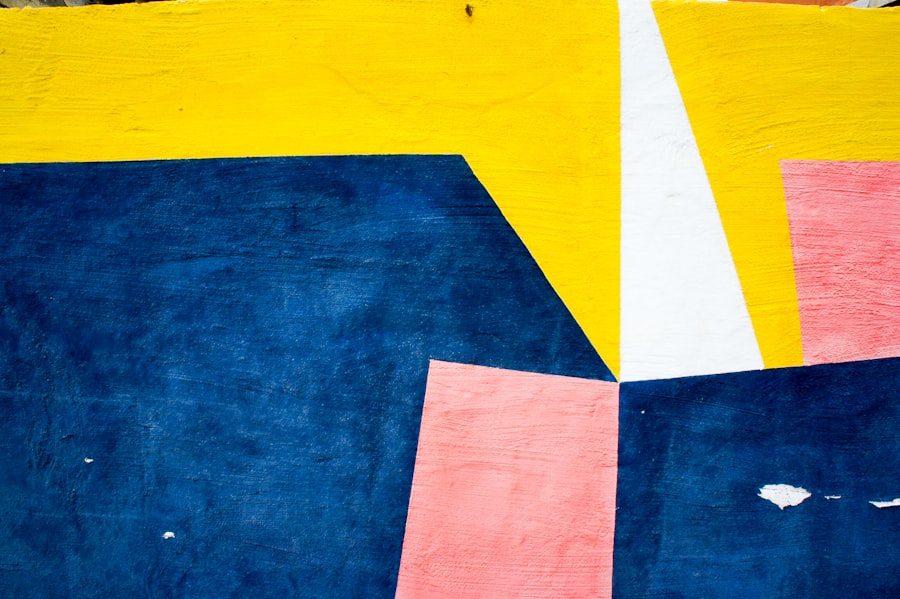
The emergence of 3D chalk art has significantly transformed public spaces, turning ordinary streets and pavements into dynamic galleries that invite interaction and engagement. These artworks often draw crowds, encouraging passersby to stop, take photographs, and share their experiences on social media platforms. This interaction not only fosters a sense of community but also challenges traditional notions of art consumption, as viewers become active participants rather than passive observers.
Moreover, 3D chalk art can serve as a catalyst for dialogue about various social issues. Many artists use their work to comment on environmental concerns, urban decay, or cultural identity, prompting conversations that resonate within the community. By placing thought-provoking imagery in public view, these artists can inspire reflection and action among those who encounter their work.
In this way, 3D chalk art transcends mere decoration; it becomes a powerful tool for social commentary and change.
The Evolution of 3D Chalk Art in Modern Culture
As society has evolved, so too has the perception of street art and 3D chalk art within modern culture. Once dismissed as vandalism or mere graffiti, street art has gained recognition as a legitimate form of artistic expression. This shift has been facilitated by the rise of social media, which allows artists to showcase their work to a global audience and connect with other creatives.
Consequently, 3D chalk art has found its place within contemporary art discourse, celebrated for its ingenuity and ability to engage viewers in unexpected ways. In recent years, festivals dedicated to street art and chalk art have proliferated worldwide, providing platforms for artists to showcase their talents and collaborate with one another. Events such as the International Chalk Art Festival in California or the Chalk Festival in Las Vegas have become significant cultural happenings that attract both artists and spectators alike.
These gatherings not only celebrate the artistry involved but also highlight the communal aspect of creating and experiencing art in public spaces.
The Role of 3D Chalk Art in Urban Revitalization
3D chalk art plays a vital role in urban revitalisation efforts by transforming neglected or underutilised spaces into vibrant areas that attract visitors and foster community engagement. Cities around the world have begun to recognise the potential of street art as a means to enhance public spaces, drawing attention to local culture and history while simultaneously beautifying urban environments. By commissioning artists to create large-scale chalk murals or installations, municipalities can breathe new life into forgotten corners of their cities.
Furthermore, these artistic interventions can stimulate local economies by attracting tourists and encouraging foot traffic in commercial areas. As people flock to see eye-catching 3D chalk artworks, nearby businesses often benefit from increased patronage. This symbiotic relationship between art and commerce underscores the importance of integrating creative practices into urban planning strategies.
In this way, 3D chalk art not only enhances aesthetic appeal but also contributes to the overall vitality of urban life.
The Challenges and Limitations of Creating 3D Chalk Art

Despite its many advantages, creating 3D chalk art is not without its challenges. The ephemeral nature of chalk means that artists must contend with weather conditions that can quickly erode their work. Rain or wind can wash away intricate designs within hours or even minutes, leading to frustration for artists who invest significant time and effort into their creations.
Additionally, the transient quality of chalk art raises questions about permanence and legacy; once an artwork is erased by nature or foot traffic, it exists only in photographs or memories. Moreover, artists often face logistical hurdles when seeking permission to create their works in public spaces. While some municipalities embrace street art as a means of cultural expression, others may impose restrictions or require permits that complicate the creative process.
Navigating these bureaucratic challenges can be disheartening for artists who wish to share their vision with the world. Despite these obstacles, many continue to push boundaries and explore new possibilities within the realm of 3D chalk art.
The Global Community of 3D Chalk Artists
The world of 3D chalk art is characterised by a vibrant global community of artists who share techniques, ideas, and inspiration across borders. Social media platforms have played a crucial role in fostering this interconnectedness, allowing artists to showcase their work and connect with like-minded individuals from diverse backgrounds. Online forums and groups dedicated to chalk art provide spaces for collaboration and discussion, enabling artists to learn from one another and refine their skills.
International competitions and festivals further strengthen this sense of community by bringing together talented individuals from around the globe. These events not only celebrate artistic achievement but also encourage camaraderie among participants who share a passion for pushing the boundaries of what is possible with chalk. As artists exchange ideas and techniques, they contribute to an ever-evolving dialogue about creativity and expression within public spaces.
The Future of 3D Chalk Art in Public Spaces
Looking ahead, the future of 3D chalk art in public spaces appears promising as cities increasingly recognise its potential for cultural enrichment and community engagement. As urban environments continue to evolve, there is likely to be greater demand for innovative artistic interventions that challenge conventional notions of public art. With advancements in technology and materials, artists may explore new techniques that enhance the durability and impact of their work while maintaining the ephemeral charm that defines chalk art.
Moreover, as societal issues become more pressing—such as climate change or social inequality—artists may utilise 3D chalk art as a medium for advocacy and awareness-raising. By addressing these critical topics through their work, they can inspire action and dialogue within communities while simultaneously beautifying public spaces. Ultimately, the future of 3D chalk art will depend on its ability to adapt to changing cultural landscapes while remaining rooted in its core principles of creativity, engagement, and transformation.
If you are fascinated by optical illusions and trompe-l’œil effects, you may also enjoy reading about Op Art. This article on Op Art explores the history and techniques of this mesmerising art movement that plays with perception and creates illusions of depth and movement. Just like 3D chalk art on sidewalks, Op Art challenges our visual senses and invites us to see the world in a new and exciting way.
